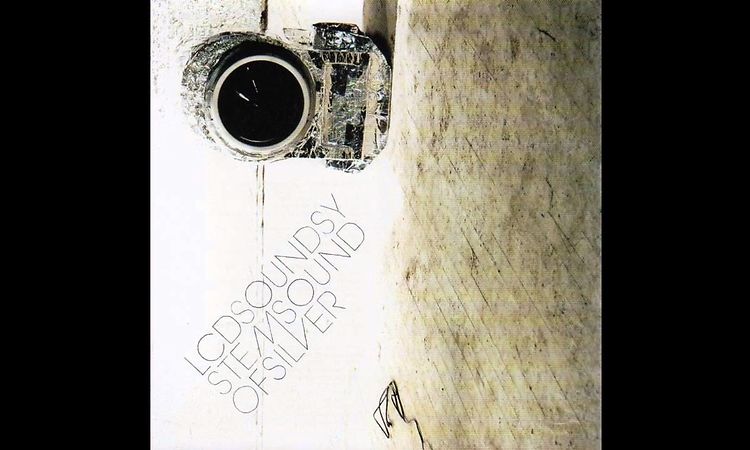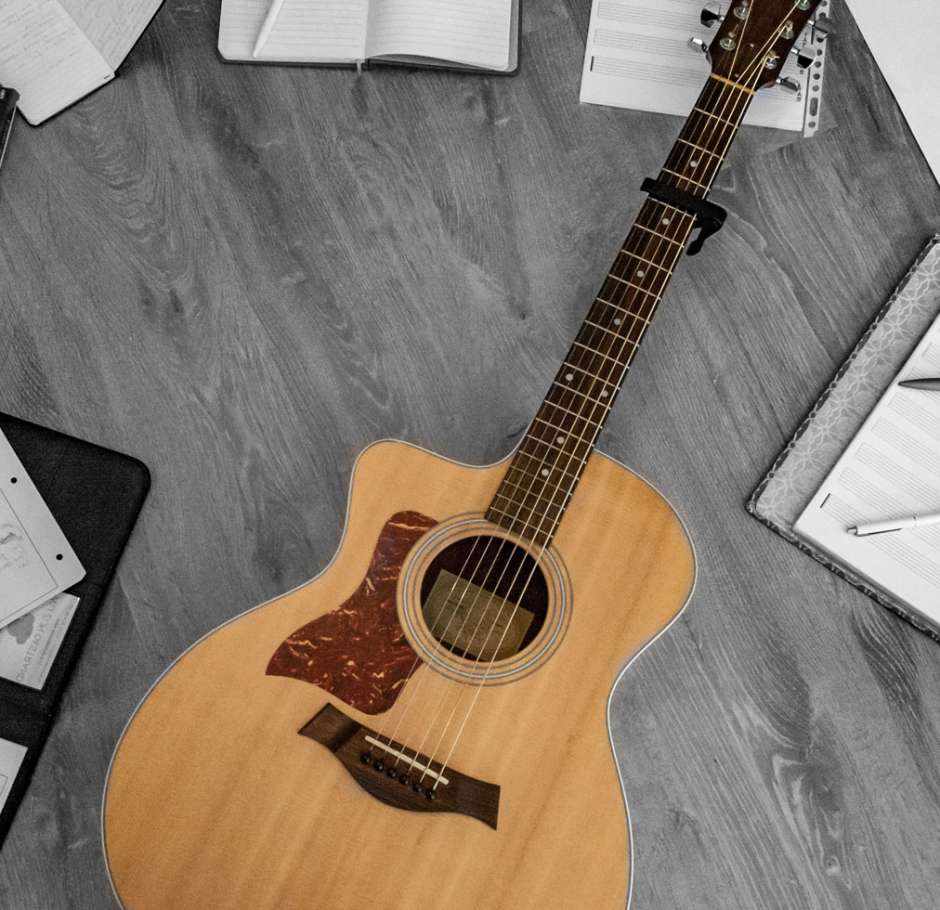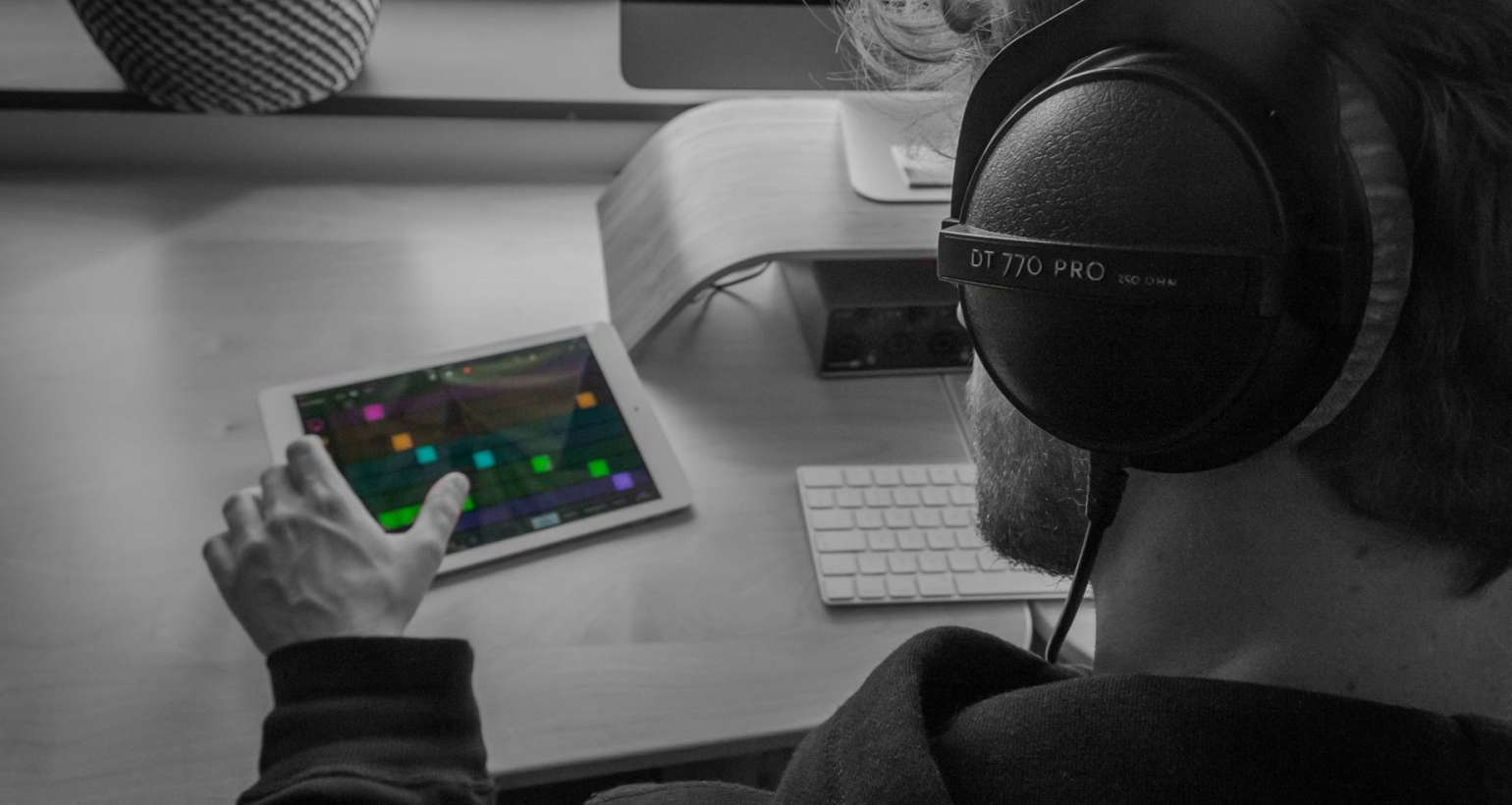

The knobs and sliders in the CEDAR plug-ins seem fine tuned to respond exactly how you want.
#SILVER SOUND STUDIO WINDOWS#
Most of the CEDAR plug-ins are controlled by just a few small knobs, and the plug-in windows are small enough that you can easily have several open at once without them getting in the way of other things on the computer screen. Other plug-ins are often cluttered with lots of finicky parameters and visual gak. The one area where I think CEDAR does out-do its competitors is in design and ease of use. Likewise, the Adaptive Limiter is neat, but with the glut of fine dynamics plug-ins already available I cannot imagine this one becoming a regular part of my toolkit. Running the same audio through equivalent processes in both bundles, I found that many of the de- editing tools in iZotope RX4 gave similar results to the CEDAR versions, but at a fraction of the price. Like any de-noiser DNS One will start to sound pretty wacky if taken too far, but I found that compared to similar products, it could be pushed much harder without degrading the parts of the audio I wanted to preserve.ĬEDAR’s other plug-ins work very well, but so do some of their more affordable counterparts.

The past few years have seen some great de-noise offerings from other companies, but none of them work nearly as well as this one. Not only does this make finding the right settings incredibly easy, it allows the plug-in to be useful in otherwise difficult situations where the character of the background noise changes across time. While dialing in settings by hand is quick and easy thanks to the well-designed interface, it is rarely even necessary, as the Learn function seems to put things right on the money nearly every time. I am usually distrustful of this sort of thing in other plug-ins, but the folks at CEDAR seem to have gotten it right. Perhaps my favorite part of DNS One is the “Learn” button, which will analyze incoming audio and automatically adjust the plug-in’s settings on the fly. The left-most fader adjusts the overall amount of noise reduction, while the other six are used for fine-tuning particular frequency bands.Ī group of buttons across the top lets you concentrate the plug-in’s activity to a specific part of the audio spectrum. Seven faders are used to control the plug-in. Meant for cleaning up loud background noise in location recordings, DNS One shares its processing algorithms and interface with the similarly named DNS hardware units. But in the case of the DNS One Dialogue Noise Suppressor plug-in, the price may certainly be justified. In spite of the impressive capabilities, the high cost of entry might make many think twice before purchasing, and comparisons to more wallet friendly options are inevitable. Each component is sold individually for $3,543 - with the exception of the DNS One dialogue noise suppressor, which is $4,647. The CEDAR Studio 7 offerings might be the most expensive audio plug-ins I’ve come across. This suite of tools is a great one, but they come with a price.
#SILVER SOUND STUDIO SOFTWARE#
As the name of the software implies, the process is similar to retouching a photo.

For those unfamiliar with spectral editing, this is a tool that allows you to isolate and remove problematic sounds like coughs and squeaks by visually drawing over them on a spectrogram. Its response is based on a variable EQ curve that changes in realtime depending on incoming signal, allowing it to limit output levels in a very natural sounding way.Īlso included with CEDAR Studio 7 is Retouch, CEDAR’s standalone spectral editor. Adaptive Limiter is an interesting take on multi-band dynamics.

The DNS One and “De-” plug-ins all do exactly what their names imply, often with stunning results. The bundle consists of seven separate audio plug-ins: DNS One dialogue noise suppressor, Declick, Decrackle, Declip, Debuzz, Auto Dehiss and Adaptive Limiter.


 0 kommentar(er)
0 kommentar(er)
